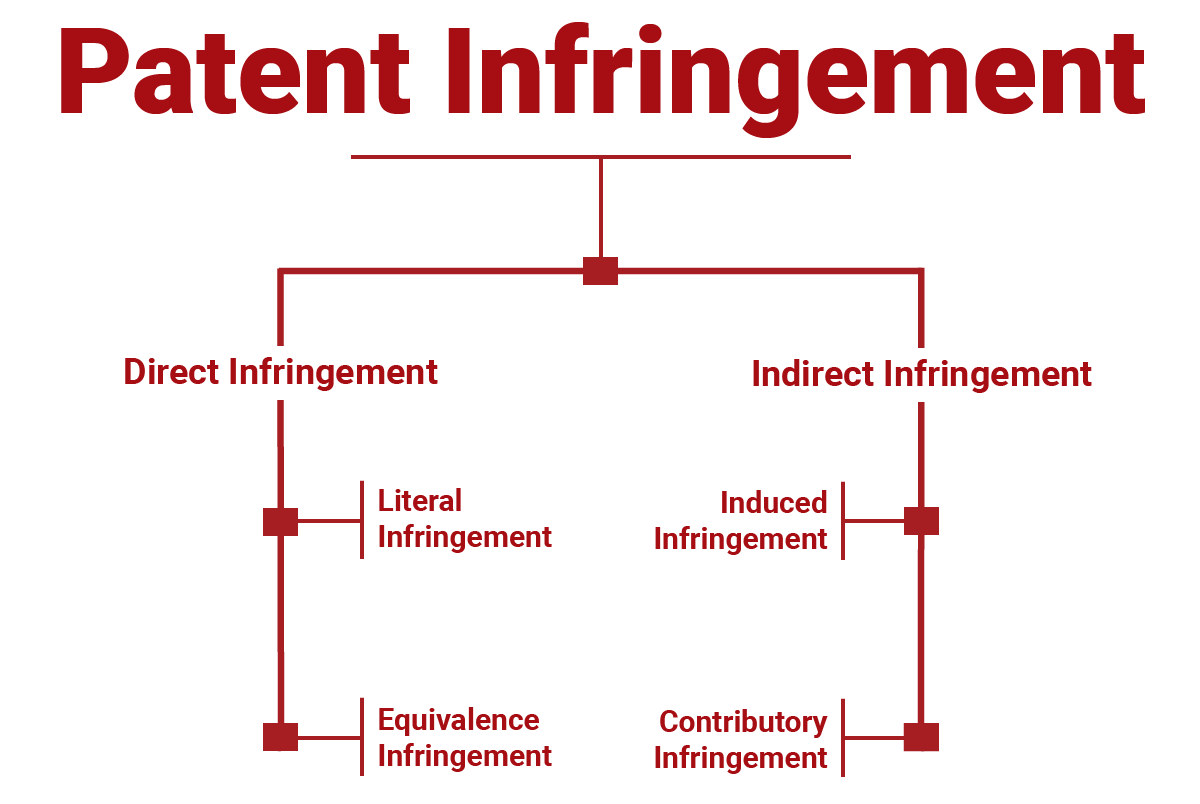Taft recently detailed the process when defending against a patent infringement suit. But what if you're the one initiating the action? Let's say, after a sales convention, your team informs you that a burgeoning competitor, XYZ Corp, has unveiled a product infringing your patent. This competitor, already a market disruptor by lowering prices, now poses a direct threat. What steps do you take? Here's a structured approach.
1) Identify the Specific Patent(s) Involved.
While your sales team suspects infringement by XYZ Corp, it's not their job to make a legal determination. That crucial assessment requires an experienced attorney.
To begin, pinpoint the infringing product. Acquire a sample if possible. If not, scrutinize their website, or perhaps your sales team obtained relevant images. Bear in mind, assessing infringement based solely on visuals or online representations can be misleading, especially for method patents. The key is to compare XYZ Corp's product with the specific claims of your patent to see if they are actually utilizing your protected invention.
2) Evaluate the Health of Your Patents.
Next, a health check on your patent portfolio is required.
Once the relevant patents are identified, verify that their claims are robust enough to withstand legal scrutiny. A lawsuit will invite thorough examination. It's advantageous to perform this analysis proactively. Are there any legal obstacles, like a prior sale that invalidates the patent? Are there challenges related to previous art similar to your patent? Was it difficult to convince the United States Patent and Trademark Office (USPTO) to grant the patent originally? Does the patent have enough remaining life for litigation to be financially justifiable?
A patent grants a period of exclusivity, defining the exact boundaries of your invention, much like property lines separating you from your neighbor. If a competitor is "on" your property, it infringes. If not, it does not. If on the border, then an "equivalents" case may be used to prove infringement. These "metes and bounds" of the invention are stated within the numbered paragraphs at the end of the patent, i.e., the "claims". The purpose is to assess how well the product matches your patent’s claims. This will be your initial indication of your case's potential strength.
It's a good idea to begin with the attorney who initially drafted your patent application. Getting a patent trial attorney to review those claims from a litigation viewpoint is also advisable. Sometimes, infringement exists, but the proof is complex, making a courtroom victory difficult. Furthermore, involving a trial lawyer even before you submit the claims to the USPTO is beneficial to ensure they are "litigation-worthy". If those claims aren’t clear, are difficult to prove, or only protect a limited aspect of the invention, you may experience issues. A patent isn't simply for display; its purpose is to protect your market from competitors. It makes sense to seek out patent claims designed to protect your market, not just the narrow invention itself. Frequently, companies make the error of only patenting the precise innovation that they are commercializing, a strategy which is unhelpful when you aim to eliminate a competitor.
3) Analyze Your Target: The Competitor.
Who exactly is the opposing party? Is their company larger or smaller than yours? Have they frequently engaged in or been subject to patent litigation? Their track record will inform you on their savvy or lack of same in the world of patent litigation, and their experience in maneuvering the courts strategically. Does the target own patents that they could leverage against you? If your market share vastly exceeds that of the target, and they successfully countersue on a patent infringement claim against you, the cost might outweigh your gains. This isn’t where you wish to be.
Also, think about the target’s available funds. Patent litigation is always expensive. In another article on defending against patent litigation, Taft discussed costs when exploring the assessment of impact stage.
4) Assess Your Case's Strength.
Before you initiate the lawsuit, you should accurately estimate potential damages to compare them against legal costs and gauge potential returns. How many units of the infringing product has the accused infringer sold? Is it a lost profits claim or a reasonable royalty case? If it’s a royalty-based case, are royalties applied to the entire product or just a portion of it? What is the best-case scenario for damages? The worst-case scenario? Is pursuing the case justifiable considering the costs?
5) Consider the Risks of Recoil.
As military strategists have understood, any plan is challenged by initial combat. You can be assured that when you sue, the opponent will counter. The question isn’t if they’ll retaliate, but how. Typical tactics: 1) a counter-claim alleging that your company infringes one of their patents; 2) a counter-claim arguing your company has acted inappropriately in the market, generating a business tort; and/or 3) Initiating a procedure before the Patent Trial and Appeal Board (PTAB) for an inter partes review (IPR) to challenge your patent's validity. IPRs and related procedures within the USPTO have existed for a decade, and an unprepared patent holder can be significantly disadvantaged by these procedures. Not only could this add significantly to costs (often by upwards of $500,000), but there's limited benefit to the patent holder from an IPR. Courts frequently pause patent cases pending the decision in the IPR. The IPR process often takes around 18 months. This determination can be challenged with appeal, increasing both expense and time. While all this occurs, you, the patent holder, are waiting for a chance to make your case and recover damages from the infringer.

6) Prepare a Pre-Suit Analysis for Business Leadership.
Taking action in patent litigation is serious business, but a plan can put you in the best position to prevail. Demand honest and transparent communication from your outside counsel concerning the possible risks and rewards of litigation. Expect counsel to keep company decision-makers informed throughout the entire process. Avoid unpleasant surprises. Develop a budget as accurate as possible. For outside counsel to build a reliable budget, you want them to consider not only the merits of the case based on an analysis similar to the one described, but your overall business aims. Do you want to stop your competitor from selling the infringing product? That route is costly and arduous. Or, are you okay with the competitor remaining in the market while paying you royalties for using your invention? This is the most commonly agreed upon result in patent infringement suits. Finally, do you want to require your competitor to design around your patent and also compensate you for their prior infringement? These outcomes are all valid, with each having differing associated costs.
In summary, a methodical, carefully thought-out strategy to patent litigation, as outlined in this article, places your company in the optimal situation for victory and to achieve the business result you desire—all at a price that gives a positive return on investment for your shareholders.







Comments (0)
No comments yet. Be the first to comment!